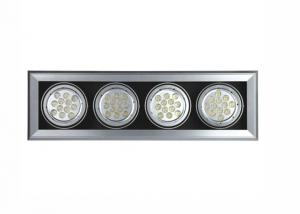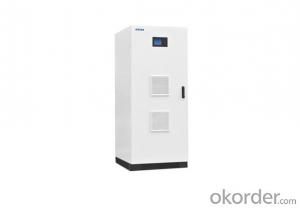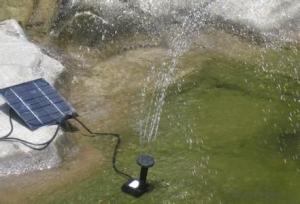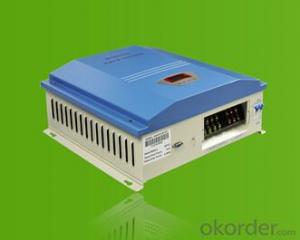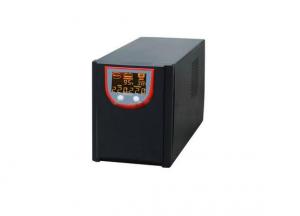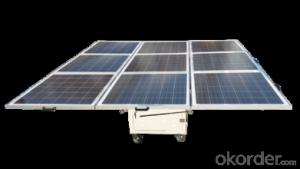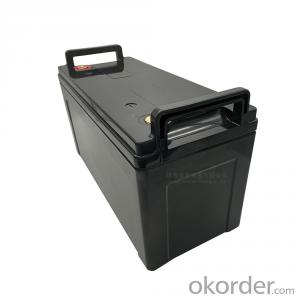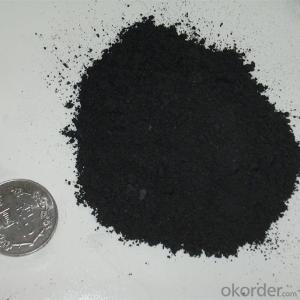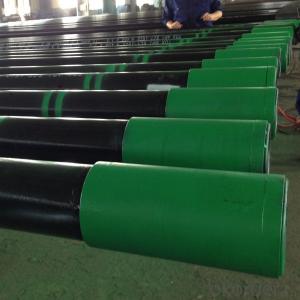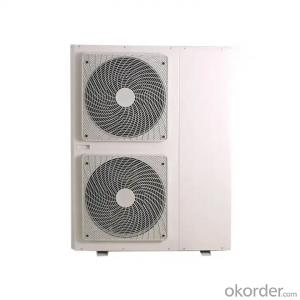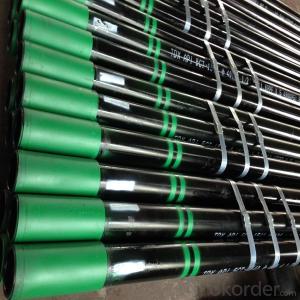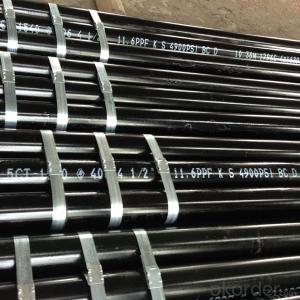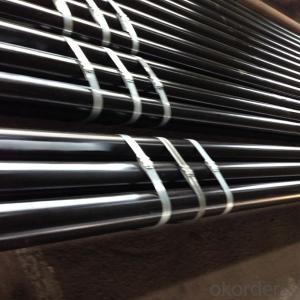Solar Hybrid Inverter 48v
Solar Hybrid Inverter 48v Related Searches
Hybrid Solar Inverter 48v 48v Hybrid Solar Inverter 48v Solar Inverter 48 Volt Solar Inverter Solar Inverter Charger 48v 48v Solar Inverter Charger Solar Hybrid Inverter Hybrid Solar Inverter 24v Hybrid Solar Inverter Hybrid Solar Power Inverter Solar Inverter Hybrid Inverter Solar Hybrid 24v Hybrid Solar Inverter 12v Hybrid Solar Inverter Inverter Hybrid Solar Hybrid Inverter Solar Smart Hybrid Solar Inverter Solar System Hybrid Inverter 24 Volt Hybrid Solar Inverter 480v Solar Inverter Hybrid Solar Charger Inverter 48v Solar Inverter Price Solar Panel Hybrid Inverter Solar Hybrid Inverter System Hybrid Solar Inverter System 48 Volt Solar Inverter Price Buy Hybrid Solar Inverter Solar Inverter 48v 4000w Mppt Solar Inverter 48v Hybrid Solar Inverter ChargerSolar Hybrid Inverter 48v Supplier & Manufacturer from China
Solar Hybrid Inverter 48v is a versatile power management solution designed to optimize energy efficiency in various applications. These inverters are engineered to convert DC power from solar panels into AC power, which can be used to power homes, businesses, and other establishments. They are particularly useful in off-grid or grid-tied solar systems where the aim is to maximize the use of renewable energy while ensuring a reliable power supply.The Solar Hybrid Inverter 48v finds its application in a wide range of scenarios, from residential solar installations to commercial and industrial setups. It is ideal for areas with fluctuating power supply or where a backup power source is necessary. This product allows users to harness solar energy during the day and switch to stored energy or grid power when needed, ensuring a seamless and uninterrupted power supply. Its hybrid design makes it an efficient choice for those looking to reduce their carbon footprint and reliance on traditional energy sources.
Okorder.com is a leading wholesale supplier of Solar Hybrid Inverter 48v, boasting a large inventory that caters to the diverse needs of customers worldwide. With a commitment to quality and customer satisfaction, Okorder.com ensures that each Solar Hybrid Inverter 48v is thoroughly tested and meets the highest industry standards before being shipped to clients. This reliable and efficient product is available at competitive prices, making it an attractive option for those looking to invest in sustainable energy solutions.
Hot Products







